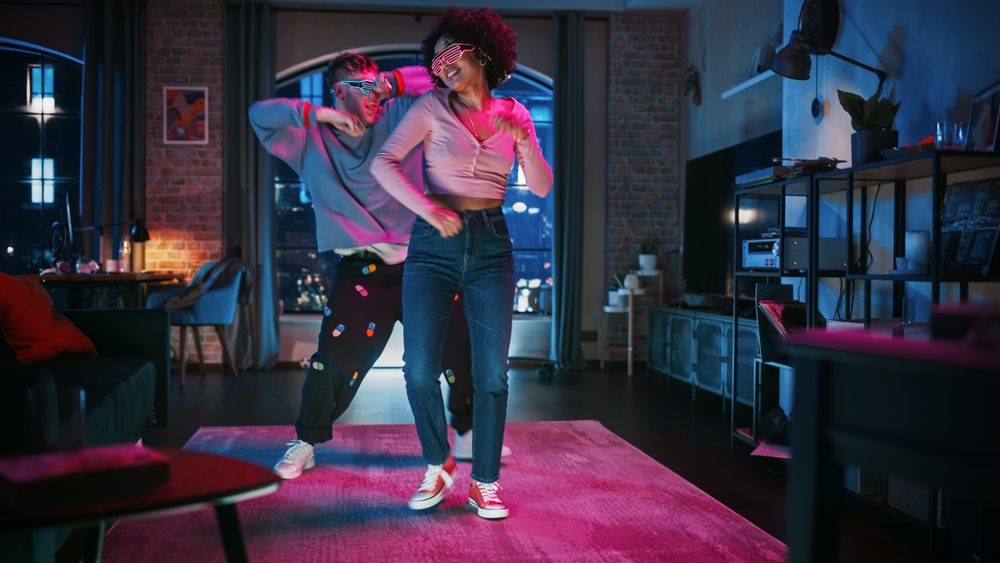The concept of loss aversion is among the most effective tools in marketing. It is based on the psychological insight that people perceive losses more strongly than gains—a principle developed by Nobel laureates Daniel Kahneman and Amos Tversky. This idea is closely tied to the scarcity effect, which motivates customers to make quick decisions to avoid missing out on something valuable.
In this blog post, we’ll explore how the principle of loss aversion works in marketing and how you can strategically leverage it to boost your sales.
What Does Loss Aversion Mean in Marketing?
Loss aversion in marketing refers to a strategy where customers are persuaded to act quickly by highlighting the potential loss if they don’t take action. This tactic taps into the fear of missing out (FOMO) rather than solely emphasizing the benefits of a product or service.
Examples:
- “Only 3 items left in stock!”
- “Offer ends in 24 hours!”
- “Limited Edition – Available for a short time only!”
These phrases create a sense of urgency and amplify the customer’s desire to act immediately.
Why Does Loss Aversion Work?
The success of this strategy is rooted in three key psychological factors:
- Loss Aversion: People experience losses more intensely than gains. The possibility of missing out triggers stronger impulses to act.
- Scarcity Effect: Items that are rare or limited naturally appear more desirable.
- Quick Decision-Making: Artificial scarcity pressures customers to make immediate purchases without overthinking.
How to Use Loss Aversion Effectively
1. Limited Editions and Exclusive Products
Products available in limited quantities or for a short period generate a sense of exclusivity. Customers feel compelled to act quickly before the product is sold out. Examples include limited fashion collections, special car models, or seasonal products like “Pumpkin Spice Latte” in the fall.
2. Countdown Timers
In e-commerce, countdown timers are a popular tool to create urgency. A visible timer that counts down to the end of an offer strengthens the feeling of scarcity and motivates customers to buy immediately.
3. Exclusive Discounts
Discounts available only for a limited time or a specific group create a sense of exclusivity. Examples include “Today only: 20% off for newsletter subscribers” or “VIP pre-sale for club members.”
4. Social Proof
Combining loss aversion with social proof (e.g., “Over 2,000 customers have already purchased this product”) enhances urgency. Customers see others taking advantage of the offer and feel motivated not to miss out.
5. Stock Scarcity
Statements like “Only 2 items left in stock” or “90% sold out” effectively prompt customers to act quickly.
Pitfalls and Ethical Considerations
While loss aversion is a powerful marketing strategy, it should be used with caution. Over-exaggerating or falsely representing availability can erode customer trust in the long term. Authenticity and transparency are critical to maintaining credibility.
Conclusion: Loss Aversion as a Sales Booster
The principle of loss aversion is a powerful tool to drive customer action. By skillfully leveraging scarcity and urgency, you can not only increase sales but also enhance your brand’s perception as desirable and exclusive. Whether through limited editions, time-sensitive offers, or stock scarcity notifications, the right use of loss aversion ensures customers act before it’s too late.
Leverage the potential of this strategy and take your marketing to the next level!









